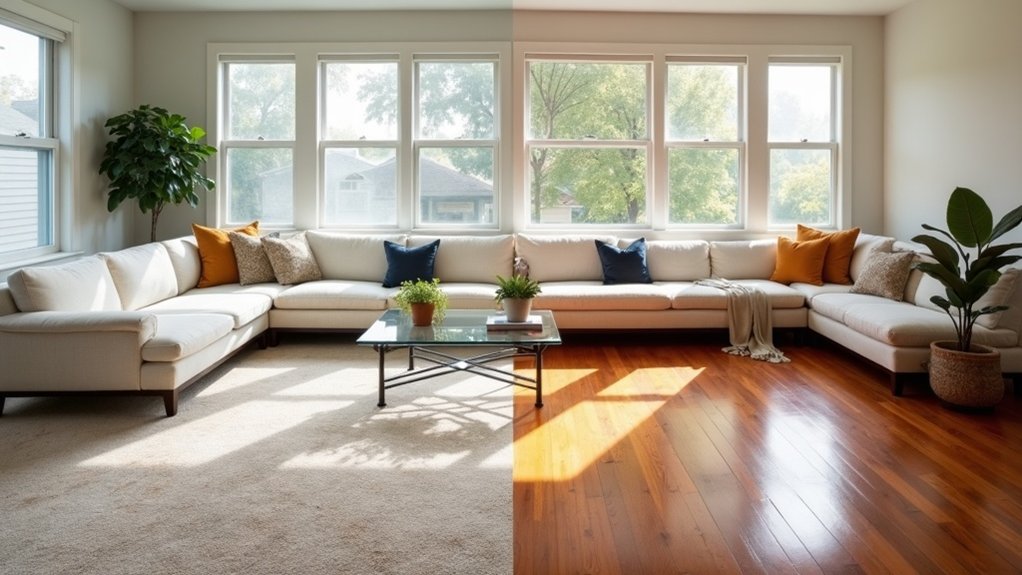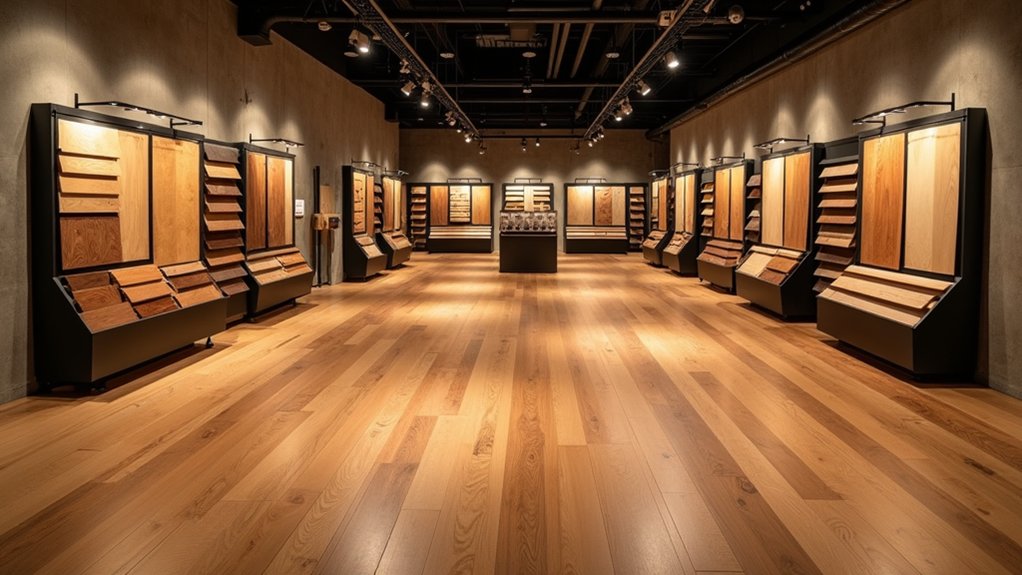As global construction activities surge and urbanization accelerates across emerging economies, the flooring market stands poised for remarkable expansion, with projections indicating the sector will more than double from USD 372.39 billion in 2025 to USD 812.57 billion by 2034. This impressive 6.5% compound annual growth rate reflects fundamental shifts in how societies build and renovate their living and working spaces.
The Asia Pacific region emerges as the undisputed powerhouse of this growth trajectory, set to surpass USD 300.09 billion by 2034 with a robust 6.7% CAGR. China, India, and Southeast Asian nations drive this momentum through massive infrastructure projects and smart city initiatives that demand innovative flooring solutions. Government investments in affordable housing schemes across these regions create sustained demand for cost-effective yet durable flooring materials.
Material innovation reshapes the competitive environment as manufacturers pivot toward sustainable and technologically advanced products. The resilient flooring segment, encompassing luxury vinyl tiles and engineered solutions, anticipates reaching USD 64 billion by 2034, while the vinyl flooring segment alone targets USD 43.47 billion. These materials appeal to environmentally conscious consumers who refuse to compromise on aesthetics or durability. Leading the material categories, vitrified tiles captured over 28% of market revenue in 2024, establishing dominance through superior durability and aesthetic versatility. Manufacturers increasingly develop flooring from recycled plastic bottles and promote renewable resources like bamboo and cork to meet sustainability demands.
Commercial and industrial sectors fuel demand through expanding retail spaces, hospitality venues, and manufacturing facilities. Hotels, airports, schools, and hospitals increasingly specify advanced flooring systems that withstand heavy traffic while maintaining visual appeal.
The residential market benefits from population growth and urban housing projects that prioritize both functionality and design sophistication.
Manufacturers respond to evolving preferences through intensive research and development, creating customizable solutions that differentiate their offerings in an intensely competitive market. Digital sales channels empower these companies to reach broader customer bases, while strategic partnerships and acquisitions strengthen their market positions.
The flooring industry’s transformation extends beyond mere numbers. As urbanization reshapes global demographics and construction standards evolve, flooring manufacturers who adopt innovation, sustainability, and customization will capture the largest shares of this expanding market.
The sector’s ability to adapt to changing consumer demands while maintaining quality standards positions it for sustained growth through 2034 and beyond.









